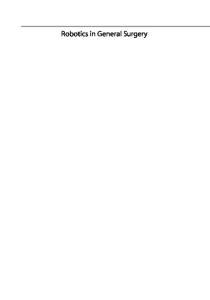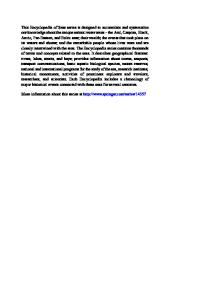Port and Dry Port Life Cycles
The aim of this chapter is to revisit in the context of more recent work in the field the work of Cullinane and Wilmsmeier (The contribution of the dry port concept to the extension of port life cycle. In: Böse JW (ed) Handbook of terminal planning. Sprin
- PDF / 16,896,451 Bytes
- 568 Pages / 439.43 x 683.15 pts Page_size
- 24 Downloads / 312 Views
Jürgen W. Böse Editor
Handbook of Terminal Planning Second Edition
Operations Research/Computer Science Interfaces Series Volume 64
Series Editors Ramesh Sharda Oklahoma State University, Stillwater, Oklahoma, USA Stefan Voß University of Hamburg, Hamburg, Germany
More information about this series at http://www.springer.com/series/6375
Jürgen W. Böse Editor
Handbook of Terminal Planning Second Edition
Editor Jürgen W. Böse Ostfalia University of Applied Sciences Suderburg Niedersachsen, Germany
ISSN 1387-666X Operations Research/Computer Science Interfaces Series ISBN 978-3-030-39989-4 ISBN 978-3-030-39990-0 (eBook) https://doi.org/10.1007/978-3-030-39990-0 © Springer Nature Switzerland AG 2011, 2020 This work is subject to copyright. All rights are reserved by the Publisher, whether the whole or part of the material is concerned, specifically the rights of translation, reprinting, reuse of illustrations, recitation, broadcasting, reproduction on microfilms or in any other physical way, and transmission or information storage and retrieval, electronic adaptation, computer software, or by similar or dissimilar methodology now known or hereafter developed. The use of general descriptive names, registered names, trademarks, service marks, etc. in this publication does not imply, even in the absence of a specific statement, that such names are exempt from the relevant protective laws and regulations and therefore free for general use. The publisher, the authors, and the editors are safe to assume that the advice and information in this book are believed to be true and accurate at the date of publication. Neither the publisher nor the authors or the editors give a warranty, expressed or implied, with respect to the material contained herein or for any errors or omissions that may have been made. The publisher remains neutral with regard to jurisdictional claims in published maps and institutional affiliations. This Springer imprint is published by the registered company Springer Nature Switzerland AG. The registered company address is: Gewerbestrasse 11, 6330 Cham, Switzerland
To my daughter Caterine
Preface to the Second Edition
Since the global economic and financial crisis, the world of international container transport has changed considerably over the years and with it the conditions for the development and operation of seaport container terminals. This change continues to this day and is much more complex in its structure than in the years before the crisis, when high annual growth rates of handling volume dominated almost everything in the terminals’ perception (capacity counts!). In recent years, changes in the conditions relevant to container terminals can be seen in multiple areas, namely: terminal technologies, customer demands, and environmental rules. These changes naturally impacted the innovation activities of the terminals which have been more complex and/or of different nature in many cases. As a result, the challenges associated with innovations have changed as well and container ter
Data Loading...











